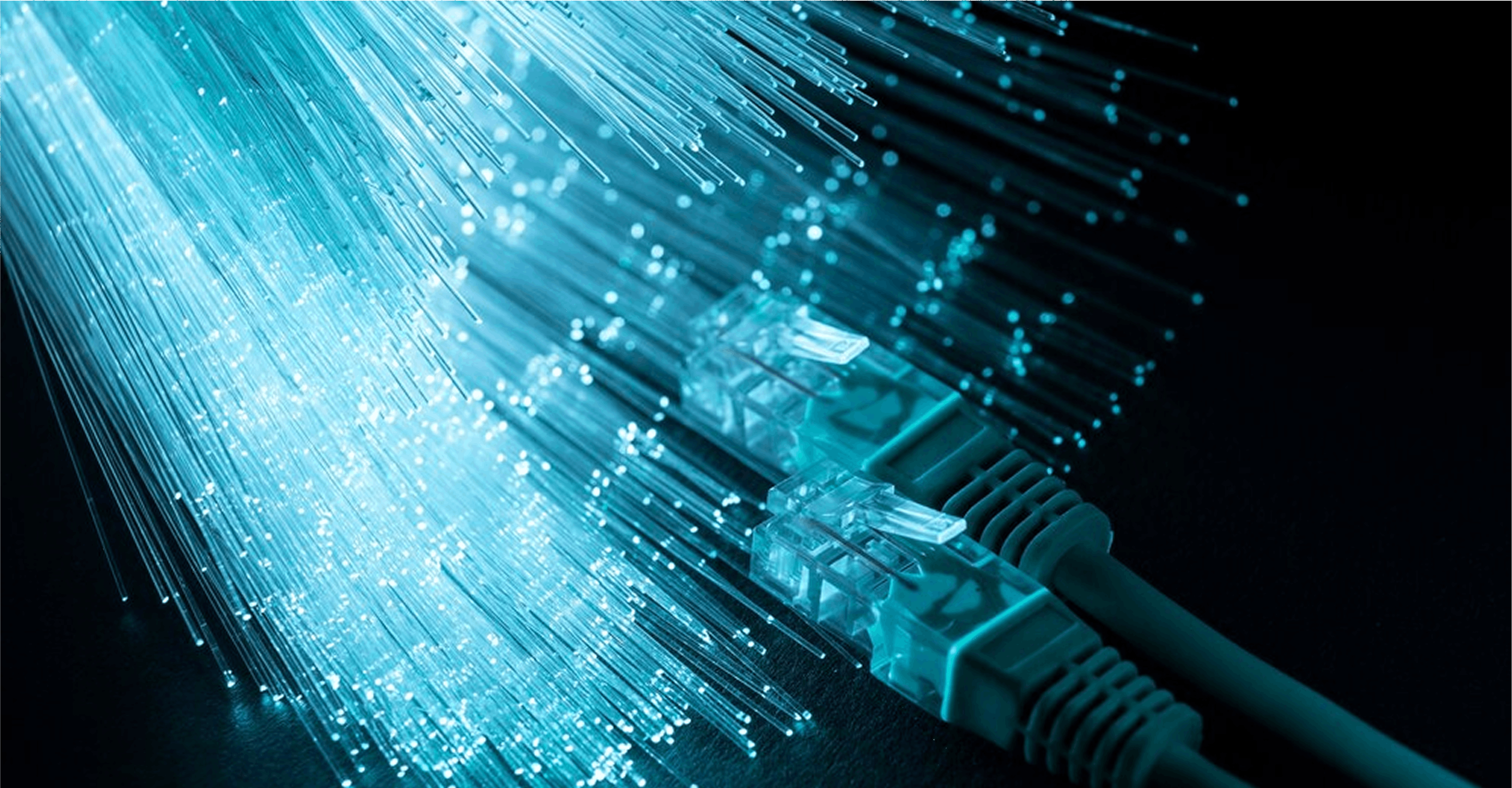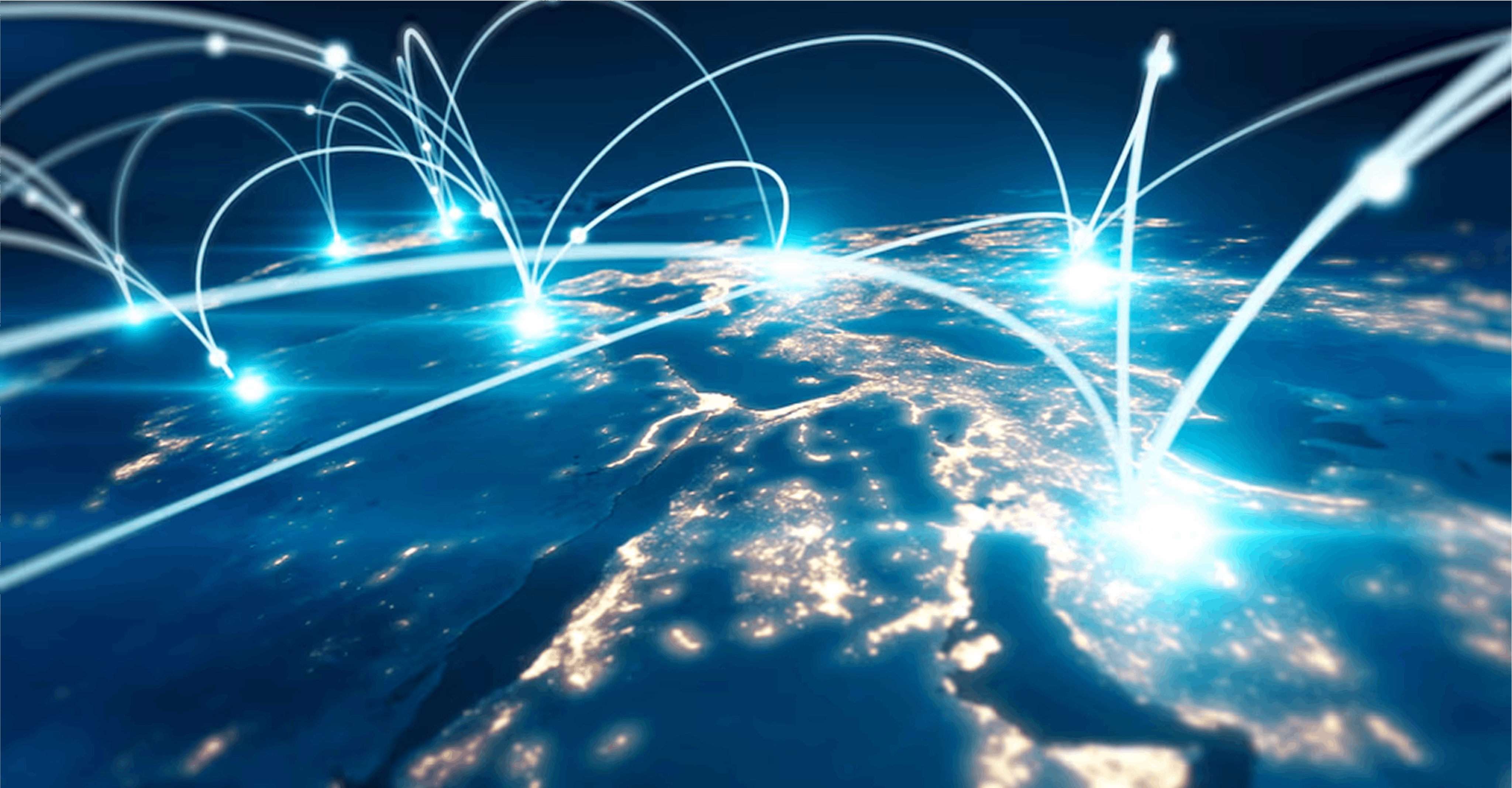 Sep 11, 2024
Sep 11, 2024

The Internet has been through a drastic transformation since its inception. The internet has changed from a slow dial-up connection to a fast one that many people use worldwide today. This technological advancement has been a boon to mankind in various ways.
It altered how we work, learn, and interact today. Remember when people dreamt of using graphics-intensive online games or streaming high-definition videos on the internet? But all these tasks are possible today with the help of high-speed internet. All you need is to get a connection that suits your needs.
Let us walk you through the exciting journey of the evolution of the internet!

The advent of the internet happened in the 90s when people used the internet through a dial-up connection. A method existed where a computer used a modem to connect to the internet via a telephone. To go online, a person had to dial a number from their internet service provider (ISP). Then, someone made the connection.
The internet then had a significant limitation. The speed usually ranged from 56 Kbps or less, which made all the processes sluggish. Streaming media, downloading files, or loading basic web pages took forever. Also, when you used dial-up, the phone line occupied itself, so you could not make or receive calls while you were online.
Dial-up had some limits. However, it was a new idea at the time. It helped many people send emails, share information, and browse the web.
The World Wide Web (WWW) took the front seat, and people were using it insanely. It laid the foundation for future advancements. It made the concept of online connectivity accessible to the masses.

The second phase of broadband connections kickstarted in the late 1990s and early 2000s. It contributed to the improved internet performance. Broadband connection offers a much faster connection than dial-up as it offers better connectivity. The range of broadband typically ranges from 256 Kbps to several Mbps i.e. megabits per second. This upgrade happened because of cable or DSL (Digital Subscriber Line) connections. These connections did not use telephone lines and allowed phone usage.
Cable broadband uses existing TV cables to provide internet services. This makes it reliable and allows for faster data transfer. Whereas, DSL used telephone lines but distinguished between data and voice signals and allowed internet and phone usage. The start of broadband connections led to the growth of web-based services. These include video streaming, online gaming, social media, and other data-driven activities. It gave rise to the golden period of the modern internet era, involving interactive user experiences and quality content.

The giant leap in technology happened with the emergence of fiber optics. The speed and reliability that fiber optics offers are unbeatable and considered to be the pinnacle of technologies. Fiber optics utilizes plastic or glass wiring for data transmission as light signals. Fiber-optic internet is very fast. It can reach speeds of several Gigabits per second (Gbps). This speed allows for smooth 4K video streaming. You can also enjoy error-free online gaming. Plus, downloads happen quickly and easily. Fiber optics can quickly send data over long distances while keeping strong signals, making it better than other methods. Different from traditional copper wire connections, which often have low signal strength over long distances. Moreover, fiber optics constitutes greater bandwidth capacity that enables higher data flow simultaneously. As the masses understood the usage and vitality of better connectivity and speed, fiber optics became popular. It has been specifically advantageous for areas that need high data demands, like tech hubs and urban centers.
Fiber optics played a key role in creating smart city infrastructure. It supports the Internet of Things (IoT), which relies on fast internet speed and better connectivity. Considering the future of the internet, it is likely to evolve as innovations and technologies emerge. Concept like 5G is promising as it offers enhanced connectivity with lower latency. Moreover, ongoing advancements in technology have become crucially important. Satellite internet technology aims to provide high-speed internet access to remote areas. It's exhilarating how these advancements are shaping the future of tech in this dynamic world. It has and will continue to alter the way we interact with each other, driving the coming days to something worth watching!